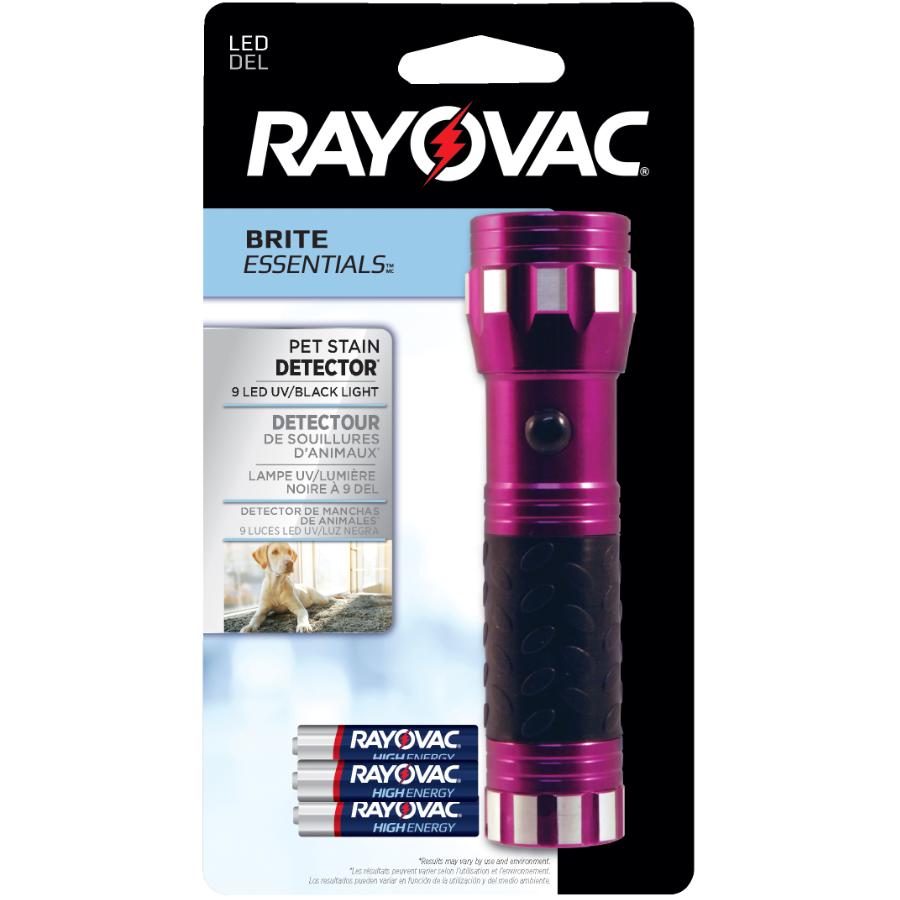Quote:
Originally Posted by cardsagain74

Other than the pixel patterns, anyone have advice on other useful methods or specifics to look for (either for authenticity or checking for common alterations)?
|
Yeah, get yourself a UV light (also known as a black light). If I ever get an expensive card, then I will always examine it under my UV light. First of all, there are so many cheap ones that can be purchased online for a few bucks - avoid these. They aren't strong enough to detect anything. Here is the one I have:

It's powerful and I paid around $15 CAD for it.
The best time to examine your high-end cards is at night. You don't want any light coming in through your windows. Turn off your lights and make sure your room is pitch black. Then place the card on a table and examine both surfaces under your UV light. Vintage cards should not be glowing. This is because paper companies started adding optical brighteners in their manufacturing process around the 1960s or so. So, if your baseball card from 1953 is glowing, then you know it's a counterfeit. If you have a card with colored borders (example - 1979 O-Pee-Chee Gretzky), then you want to pay special attention to the corners and edges. This is because sometimes people used to color in the areas that had wear on them. These inks will stand out under the UV light. And finally, if the card was removed from an album, then there is a chance you might pick up glue stains and other bits of residue which can't be seen with the naked eye.
It's very fun examining cards under a UV light, but only do it once in a while, and make sure to never expose your skin/eyes to the light.